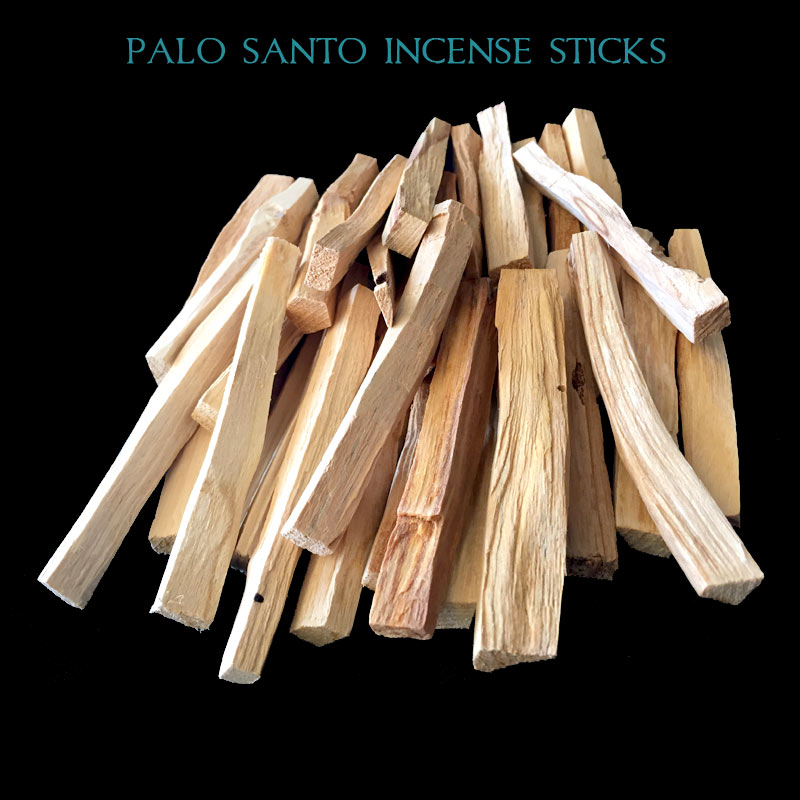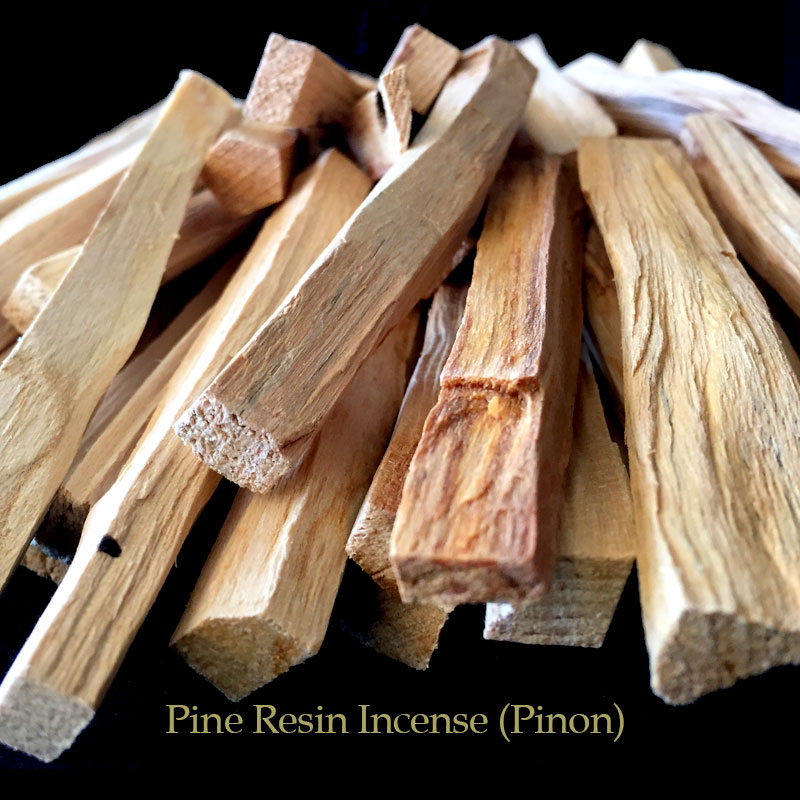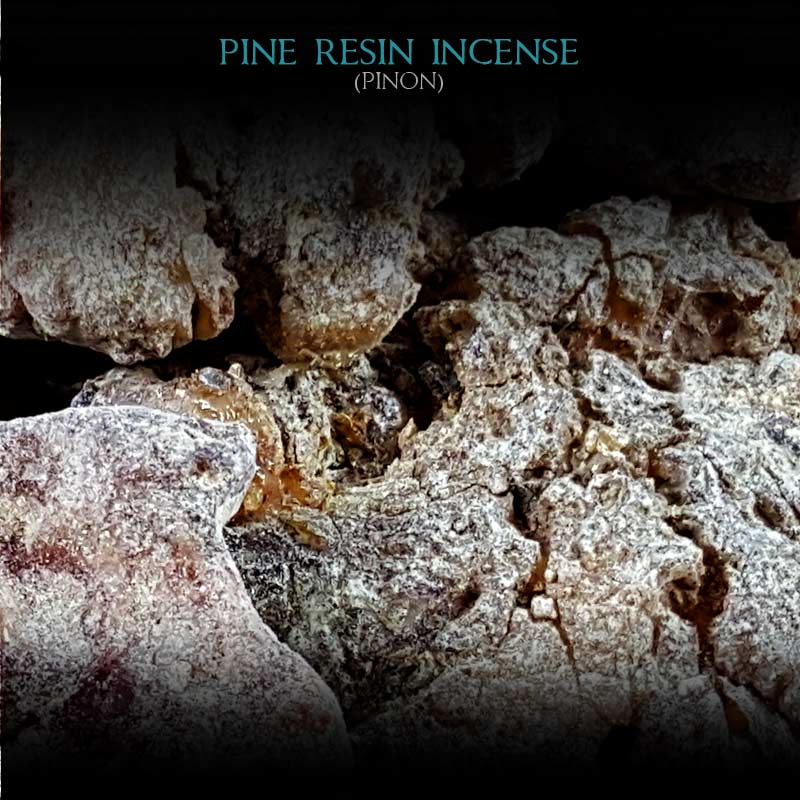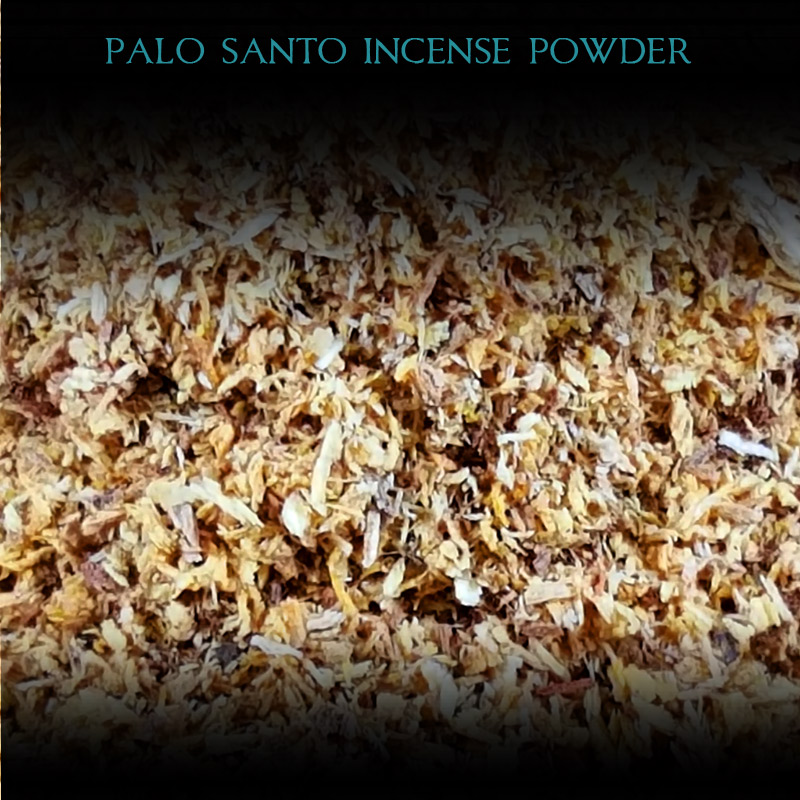Description
1.5 ounce. Raw Smudge Sticks.
When burned, the wood offers a pleasant, fresh smelling smoke with hints of mint & citrus.
Palo santo may be burned by lighting cuttings or shavings of palo santo wood. Palo Santo is mostly harvested via fallen branches and twigs of the B. graveolens tree, a practice that is regulated by the government of Peru (for instance), so trees are not cut for wood harvesting.






